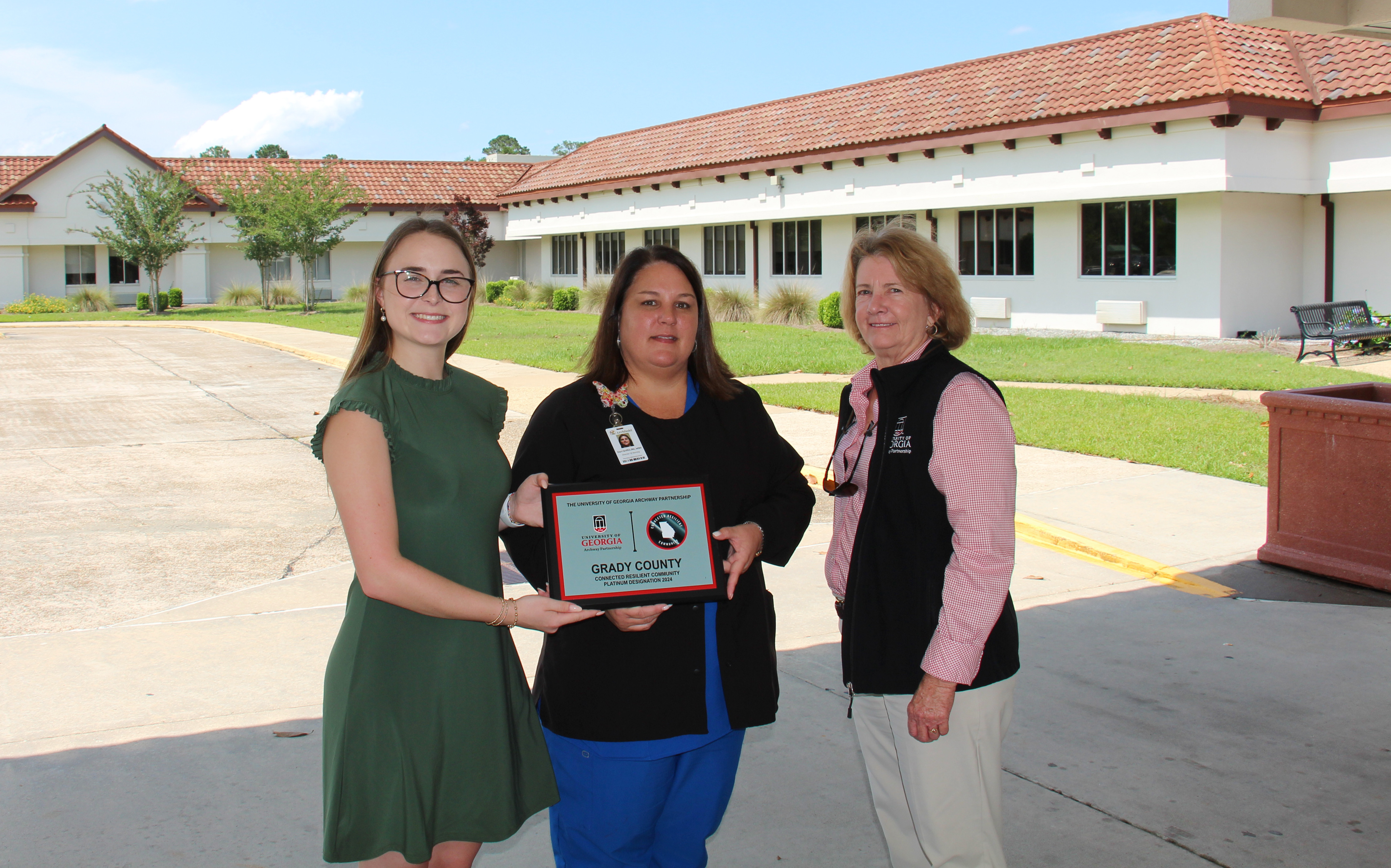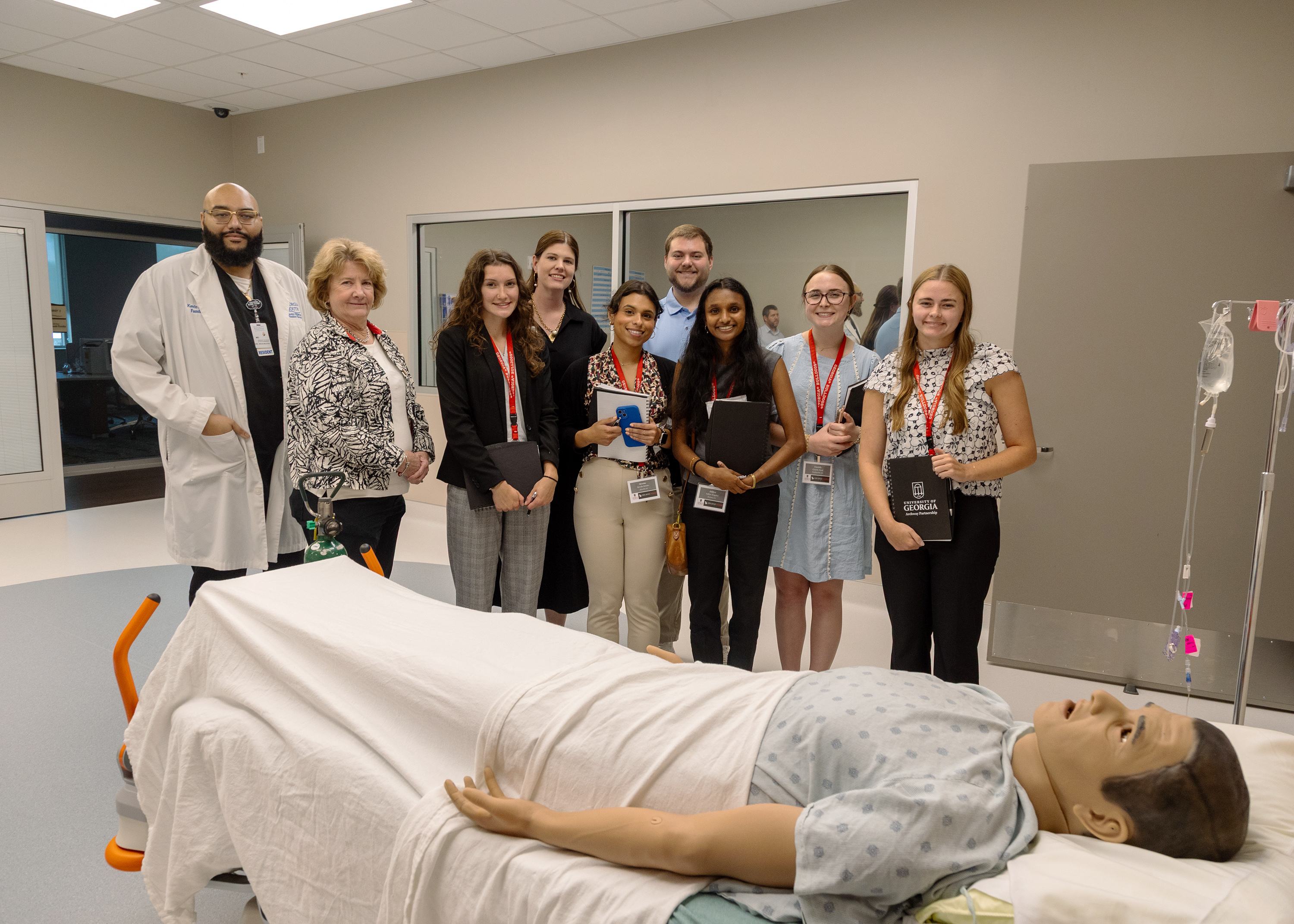Tax credit could help revitalize old towns
Published 8:11 pm Monday, January 30, 2017
ATLANTA – There have been some promising signs in Pavo since country music singer Alan Jackson lamented the decline of small, locally owned businesses two decades ago.
A few businesses have opened in the last year or so, bringing this city of some 600 souls a sports bar with no booze (it’s a dry town). Two others – one that makes weaving looms and spinning wheels and another that repairs motorcycles – have also settled in.
But for the most part, Pavo’s main street is still a somber reminder of its once vibrant past, and it continues to be the symbol of small-town decay filmed for Jackson’s “Little Man” music video.
Pavo’s city clerk remains hopeful, though.
“We’re in a prime location,” said Becky Jo Reyes, referring to Pavo’s proximity to Thomasville, Moultrie and Valdosta. “We just need to keep going the way we’re going and pray for a miracle.”
Pavo officials could offer some incentives, such as discounted municipal water or a property tax break, to those who fix up run-down buildings and bring life back to this commercial core.
A proposal in the works in Atlanta would sweeten the offer beyond liberation from a water bill.
Rep. Penny Houston, R-Nashville, wants to create new perks for businesses willing to take a chance on Georgia’s small-town downtowns.
They would receive tax credits for creating jobs, as well as for buying and rehabbing vacant storefronts that dot these small towns. Existing businesses would also be rewarded for expanding.
The state would, in turn, forego millions in revenue.
The program would cost $1.2 million in the first year, a figure that would increase annually. The cost could reach $18.5 million over the life of the program, according to an analysis this month.
Houston, whose rural district includes small cities that could benefit, said her colleagues should be undeterred by the cost.
“If they don’t do something, they don’t have anything to give up,” said Houston, chairwoman of the House Economic Development Appropriations Committee.
The program would create “Revitalization Zones” similar to more than 100 “Opportunity Zones” that already exist in dozens of communities.
In this program, though, part-time employees could be counted toward the minimum of two jobs that must be created to earn tax credits.
That would set the bar a bit lower, while offering a less generous tax break, in hopes of targeting retailers who can bring back foot traffic. The Opportunity Zone program, for example, is more rigid when counting full-time employees and also includes a wage requirement.
Camila Knowles, commissioner of the state Department of Community Affairs, said the goal is to focus on “our most rural downtowns.”
As proposed communities with fewer than 15,000 people – or 473 cities – meet that definition.
Local leaders also would have to prove economic distress by highlighting the number of vacancies or poverty rate. Their downtowns also must have a concentration of buildings that are at least 50 years old.
Local officials must also apply to be deemed a Revitalization Zone and have a long-term vision for their downtown.
“I think this could be a really good tool for some of our smaller communities to just get some momentum that maybe they don’t have right now,” said Knowles, who is a Moultrie native.
“While it is not impossible for them to land a big prospect from out of state, the more likely scenario for them is organic, small-business growth – somebody that lives and works in the community says, ‘You know what, maybe I will open a coffee shop or I’m going to open a dress store,’” she said.
You know, the little man.





